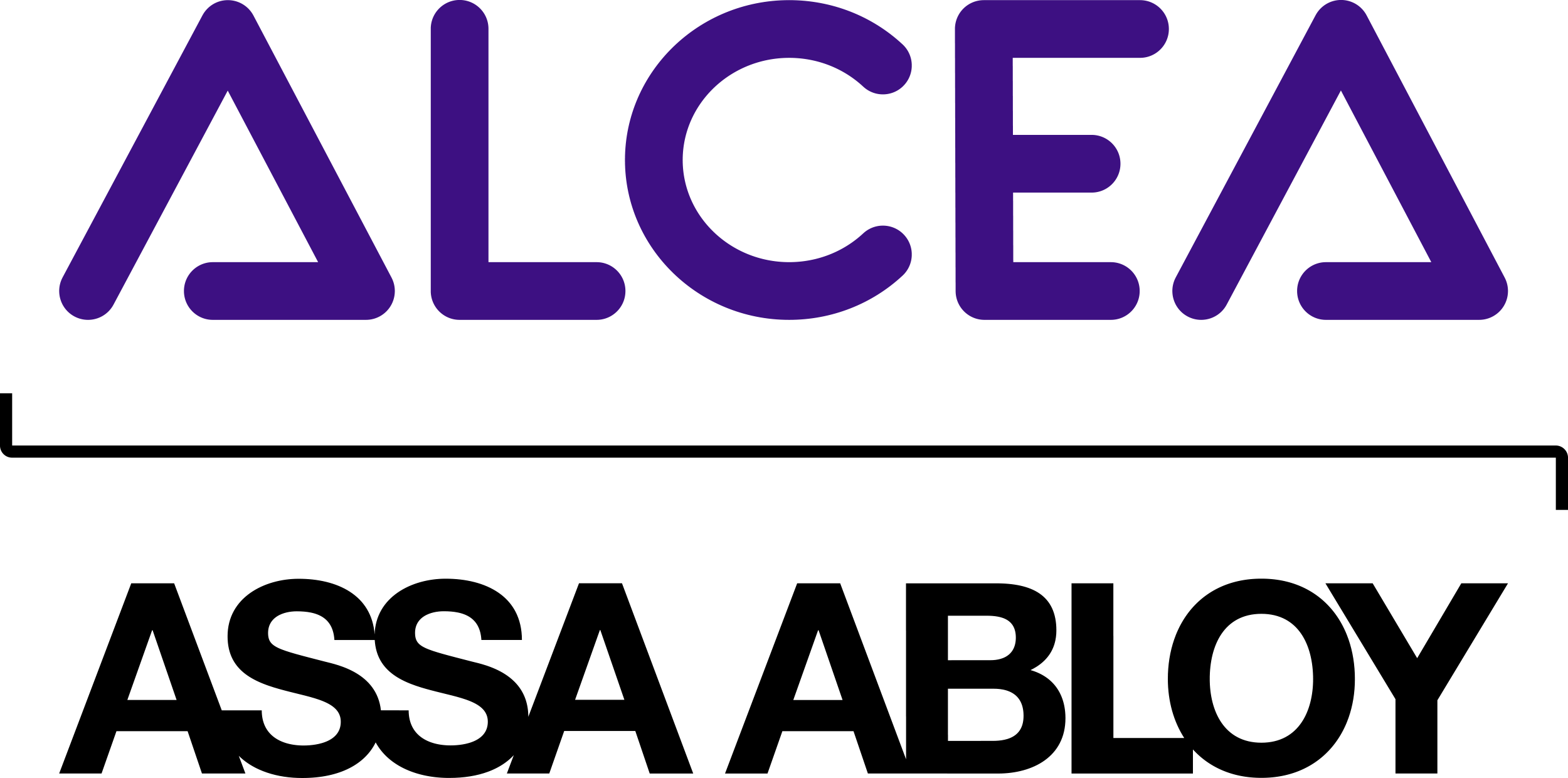How to find the right locking solution?


In this blog, we aim to provide a high-level overview of the most used locking mechanisms within critical infrastructure and focus on providing information that will help you choose the right locking solution for your needs.
Mechanical locks:
These traditional locks have been used for centuries to secure critical infrastructure assets. You may have often heard the terms pin tumbler or disc detainer locks.
Pin tumbler locks use pins of varying lengths to align with a shear line when the correct key is inserted.
In contrast, disc detainer locks use rotating discs instead of pins and springs, which require the correct combination of all the disc gates to align before unlocking.
Disc detainer locks were first manufactured under the Abloy brand in 1918, these locks are often considered more secure and designed for harsh environments with extensive master keying capabilities. ABLOY locks have been used to secure critical infrastructure globally for decades.
Mechanical locks remain popular, but the rise of electro-mechanical and keyless locking solutions introduces exciting possibilities for enhanced security, convenience, operational efficiencies and flexibility. Let’s explore further.
Electromechanical locks:
Electromechanical locks combine the mechanics of a traditional mechanical lock with the technology of access control systems, providing some of the benefits of access control, such as managing access rights and schedules, audit trails, and revoking lost or stolen keys.
Electromechanical locks are wire-free, making them an ideal solution for remote locations and critical assets where an additional layer of security is essential. The physical key combines a mechanical front end with electronics, meaning the security solution may consist of traditional mechanical and Electromechanical locks operating on one key. Providing operational cost and significantly enhancing the security of critical assets.
Keyless locks:
While locks are here to stay, keyless solutions open doors to many benefits and are a major step to fully connected digital access control with constant real-time situational awareness. Cost-effective, convenient and future proof.
Connectivity is primary, and connection type is secondary.
Connected keyless solutions provide real-time situational awareness with live data from every locking point. When considering the relative merits of NFC (Near Field Communication) or BLE (Bluetooth Low Energy), consider what they enable and how the solution will be used.
The connection's security, whether BLE or NFC, depends on how it is implemented. ALCEA encrypts all messaging with proprietary Seos protocol and only allows communication between parties trusted by our PKI (Public Key Infrastructure).
You can read more about why keyless locks need a battery to be future-proof here.
When choosing a locking solution, consider the followings.
- Every critical infrastructure operation has unique requirements and specific standards; therefore, tailored solutions are key.
- Research the manufacturer's reputation, do they have a proven track record within critical infrastructure?
- Ask about certifications that validate the lock’s security level.
- Does the manufacturer have a comprehensive product range?
- Does the mechanism have extensive master keying capabilities?
- Can mechanical and mechatronic locks be used with one key?
- If mechanical, mechatronic and keyless are used, can these be under a single platform?
- Understand the lock’s resistance to weather, corrosion, and physical attacks.
- Enquire about its performance in extreme or harsh environments.
- Find out about their key control measures, such as how keys are made and distributed.
- What measures are in place to prevent unauthorised duplication?
- Ask how well the locking system integrates with other security systems you have in place. This could include access control, alarm systems, and CCTV.
- Can the locks be locked/unlocked remotely? Having remote access to locks can benefit certain infrastructures.
Take the next step with ALCEA
Securing critical infrastructure is a comprehensive process that goes beyond just the locks. It involves a holistic approach considering all aspects of security. Our experienced ALCEA sector specialists are here to help and tailor a locking solution that is right for you.
You can contact us here.
